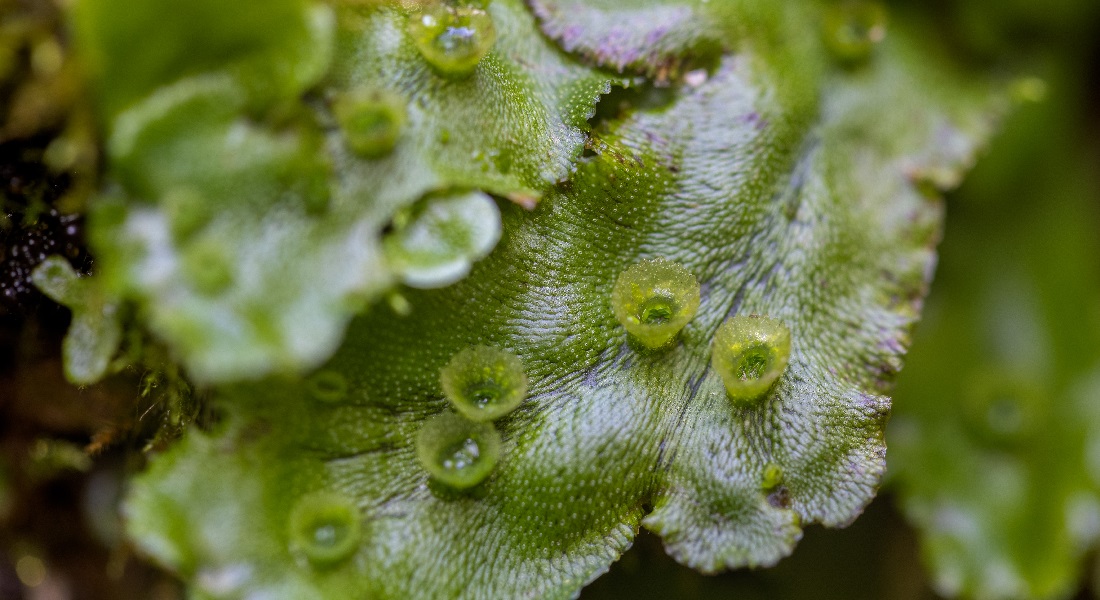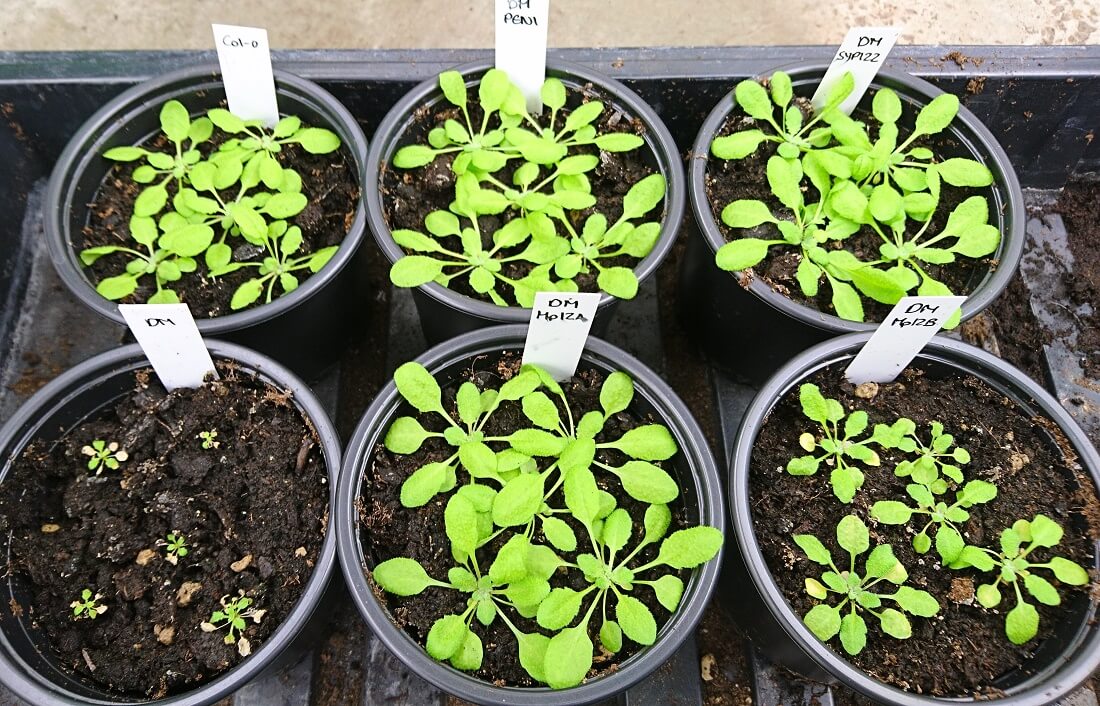How plants colonized the land
University of Copenhagen researchers have shed new light on how plant life became established on the surface of our planet. Specifically, they demonstrated that two genes are indispensable for allowing terrestrial plants to defend themselves against fungal attack – a defense mechanism that they traced back 470 million years. It is likely that these defenses paved the way for all terrestrial plant life.

When plants evolved from aquatic algae to being able to survive on land nearly half a billion years ago, the foundation for life on land was established. One of the challenges that made this dramatic transition particularly difficult were fungi:
"It is estimated that 100 million years prior, fungi crept across Earth’s surface in search of nourishment and most likely found it in dead algae washed up from the sea. So, if you, as a new plant, were going to establish yourself on land, and the first thing you encountered is a fungus that would eat you, you needed some sort of defense mechanism," says Mads Eggert Nielsen, a biologist at the University of Copenhagen’s Department of Plant and Environmental Sciences.
According to Mads Eggert Nielsen and his research colleagues from the Department of Plant and Environmental Sciences and the University of Paris-Saclay, the essence of this defense mechanism can be narrowed down to two genes, PEN1 and SYP122. Together, they help form a kind of plug in plants that blocks the invasion of fungi and fungus-like organisms.
"We found out that if we destroy these two genes in our model plant thale cress (Arabidopsis), we open the door for pathogenic fungi to penetrate. We found that they are essential to form this cell wall-like plug that defends against fungi. Interestingly, it appears to be a universal defense mechanism that is found in all terrestrial plants," says Mads Eggert Nielsen, senior author of the study, which is published in the journal eLife.
E

Originated in a 470-million-year-old plant
The research team has tested the same function in liverwort, a direct descendant of one of Earth’s very first land plants. By taking the two corresponding genes in liverwort and inserting them into thale cress, the researchers examined whether they could identify the same effect. The answer was yes.
"Even though the two plant families that Arabidopsis and liverwort belong to evolved in divergent directions 450 million years ago, they continue to share genetic functions. We believe that this gene family emerged with the unique purpose of managing this defense mechanism and has thus been one of the foundations for plants to establish themselves on land," says Mads Eggert Nielsen.
Symbiosis between plants and fungi
While fungi posed an obstacle for plants in their transition from an algal marine stage to becoming land plants – they were also a prerequisite. As soon as plants could survive attacks from fungi seeking to eat them on land, the next problem they faced was to find nutrients, Mads Eggert Nielsen explains:
"Dissolved nutrients like phosphorus and nitrogen are easily accessed by plants in aquatic environments. But 500 million years ago, soil as we know it today did not exist – only rocks. And, nutrients bound in rocks are extremely difficult for plants to get a hold of. But not for fungi. On the other hand, fungi cannot produce carbohydrates – which is why they consume plants. This is where a symbiotic relationship between plants and fungi is believed to have arisen, which then became the basis for the explosion of terrestrial plant life during this period."
The defense structures that form in a plant do not kill either the plant or the fungus, they simply stop a fungus from invading.
"Since a fungus can only gain partial entry into a plant, we believe that a tipping point arises where both plant and fungus have something to gain. Therefore, it has been an advantage to maintain the relationship as is. The theory that plants tamed fungi to colonize land is not ours, but we are providing fodder that supports this idea," says Mads Eggert Nielsen.
Can be applied in agriculture
The new results add an important piece to the puzzle of the evolutionary history of plants. More importantly, they could be used to make crops more resistant to fungal attacks, which is a major problem for farmers.
"If all plants defend themselves in the same way, it must mean that the microorganisms capable of causing diseases – such as powdery mildew, yellow rust and potato mold – have found a way to sneak in, turn off or evade the defenses of their respective host plants. We want to find out how they do it. We will then attempt to transfer defensive components from resistant plants to those plants that become diseased, and thereby achieve resistance," says Mads Eggert Nielsen.
Mads Eggert Nielsen is involved in a research project at the Department of Plant and Environmental Sciences led by Hans Thordal-Christensen and supported by the Novo Nordisk Foundation that focuses on making crops more resistant by identifying the defense mechanisms in plants that pathogenic microorganisms are trying to shut down.
Contact
Mads Eggert Nielsen
Biologist
Department of Plant and Environmental Sciences
University of Copenhagen
maen@plen.ku.dk
+45 35 32 02 70
Maria Hornbek
Journalist
Faculty of Science
University of Copenhagen
maho@science.ku.dk
+45 22 95 42 83
